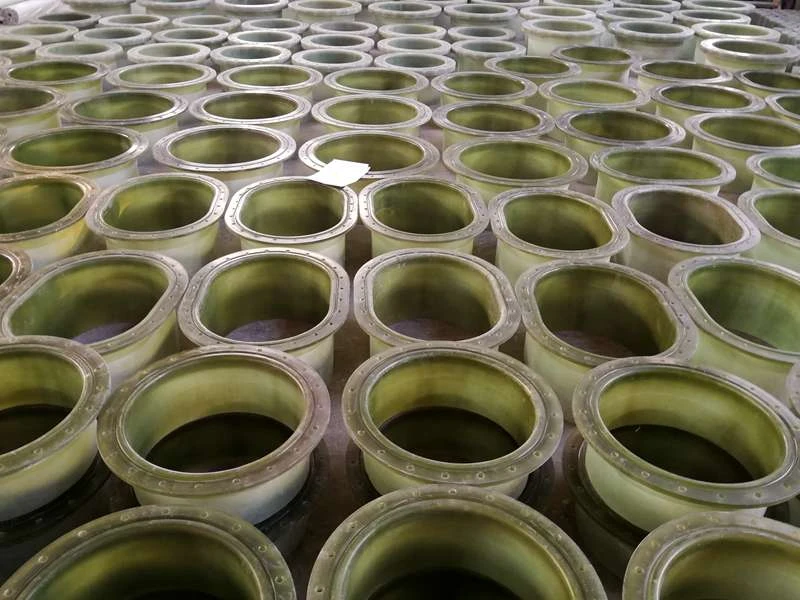
-
 Afrikaans
Afrikaans -
 Albanian
Albanian -
 Amharic
Amharic -
 Arabic
Arabic -
 Armenian
Armenian -
 Azerbaijani
Azerbaijani -
 Basque
Basque -
 Belarusian
Belarusian -
 Bengali
Bengali -
 Bosnian
Bosnian -
 Bulgarian
Bulgarian -
 Catalan
Catalan -
 Cebuano
Cebuano -
 China
China -
 China (Taiwan)
China (Taiwan) -
 Corsican
Corsican -
 Croatian
Croatian -
 Czech
Czech -
 Danish
Danish -
 Dutch
Dutch -
 English
English -
 Esperanto
Esperanto -
 Estonian
Estonian -
 Finnish
Finnish -
 French
French -
 Frisian
Frisian -
 Galician
Galician -
 Georgian
Georgian -
 German
German -
 Greek
Greek -
 Gujarati
Gujarati -
 Haitian Creole
Haitian Creole -
 hausa
hausa -
 hawaiian
hawaiian -
 Hebrew
Hebrew -
 Hindi
Hindi -
 Miao
Miao -
 Hungarian
Hungarian -
 Icelandic
Icelandic -
 igbo
igbo -
 Indonesian
Indonesian -
 irish
irish -
 Italian
Italian -
 Japanese
Japanese -
 Javanese
Javanese -
 Kannada
Kannada -
 kazakh
kazakh -
 Khmer
Khmer -
 Rwandese
Rwandese -
 Korean
Korean -
 Kurdish
Kurdish -
 Kyrgyz
Kyrgyz -
 Lao
Lao -
 Latin
Latin -
 Latvian
Latvian -
 Lithuanian
Lithuanian -
 Luxembourgish
Luxembourgish -
 Macedonian
Macedonian -
 Malgashi
Malgashi -
 Malay
Malay -
 Malayalam
Malayalam -
 Maltese
Maltese -
 Maori
Maori -
 Marathi
Marathi -
 Mongolian
Mongolian -
 Myanmar
Myanmar -
 Nepali
Nepali -
 Norwegian
Norwegian -
 Norwegian
Norwegian -
 Occitan
Occitan -
 Pashto
Pashto -
 Persian
Persian -
 Polish
Polish -
 Portuguese
Portuguese -
 Punjabi
Punjabi -
 Romanian
Romanian -
 Russian
Russian -
 Samoan
Samoan -
 Scottish Gaelic
Scottish Gaelic -
 Serbian
Serbian -
 Sesotho
Sesotho -
 Shona
Shona -
 Sindhi
Sindhi -
 Sinhala
Sinhala -
 Slovak
Slovak -
 Slovenian
Slovenian -
 Somali
Somali -
 Spanish
Spanish -
 Sundanese
Sundanese -
 Swahili
Swahili -
 Swedish
Swedish -
 Tagalog
Tagalog -
 Tajik
Tajik -
 Tamil
Tamil -
 Tatar
Tatar -
 Telugu
Telugu -
 Thai
Thai -
 Turkish
Turkish -
 Turkmen
Turkmen -
 Ukrainian
Ukrainian -
 Urdu
Urdu -
 Uighur
Uighur -
 Uzbek
Uzbek -
 Vietnamese
Vietnamese -
 Welsh
Welsh -
 Bantu
Bantu -
 Yiddish
Yiddish -
 Yoruba
Yoruba -
 Zulu
Zulu
types of jackhammers
Types of Jackhammers A Comprehensive Guide
Jackhammers, also known as pneumatic drills, are powerful tools used primarily for breaking concrete, rocks, and other hard surfaces. They are a staple in construction and demolition projects, making the process of breaking down tough materials much easier and faster. Different types of jackhammers cater to various applications and environments, and understanding these types can help in selecting the right tool for the job. In this article, we will explore the main types of jackhammers and their specific use cases.
1. Pneumatic Jackhammers
Pneumatic jackhammers are among the most common types found in construction sites. They are powered by compressed air and are known for their efficiency and power. Typically used in heavy-duty applications, such as road construction, quarrying, and large-scale demolition, these jackhammers can produce a significant amount of force to break through tough surfaces. Pneumatic jackhammers come with a variety of chisels and attachments that can be interchanged depending on the job requirements, making them versatile tools for construction workers.
Electric jackhammers are a popular alternative to pneumatic models, especially in residential and small-scale construction projects. They are powered by electricity, which makes them suitable for indoor use where noise and vibration levels need to be managed. Electric jackhammers are typically lighter than their pneumatic counterparts, making them easier to handle for minimal and medium demolition tasks. They are often used for breaking up concrete sidewalks, driveways, and other smaller projects, providing adequate power without the need for heavy equipment.
3. Hydraulic Jackhammers
types of jackhammers

Hydraulic jackhammers are another type used primarily in heavy construction and demolition work. They operate on hydraulic pressure and are known for their incredible power and effectiveness. Often mounted on larger machinery like excavators and backhoes, hydraulic jackhammers are used for large-scale demolition, such as breaking down bridges, large concrete structures, and other massive projects. Their power makes them suitable for tasks where other jackhammers might struggle.
4. Battery-Powered Jackhammers
As technology advances, battery-powered jackhammers have entered the market as a viable alternative to pneumatic and electric models. These portable tools offer the benefit of mobility, allowing users to operate them without being tethered to a power source or air compressor. They are particularly useful for tasks in remote locations or areas where access to electricity is limited. While they may not match the power output of pneumatic or hydraulic models, advancements in battery technology have made them more efficient and capable for lighter demolition tasks.
5. Small Handheld Jackhammers
Finally, we have small handheld jackhammers, commonly used for lighter jobs, such as repairing sidewalks, breaking up small sections of concrete, or working in confined spaces. These tools are user-friendly and less intimidating for those who may not need heavy-duty machinery. They often come in electric or battery-powered variants, making them accessible and easy to use for DIY enthusiasts and professional contractors alike.
In conclusion, whether you are a contractor looking for the right tool for a specific job or a homeowner planning a renovation, understanding the different types of jackhammers can significantly influence your project’s success. Each type has its own advantages, making them suitable for various applications. By choosing the right jackhammer, you can effectively tackle your next construction or demolition project with ease.









